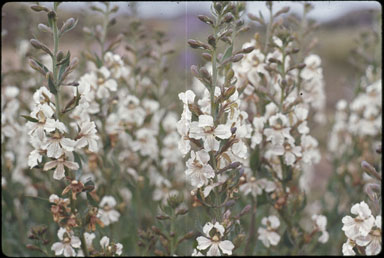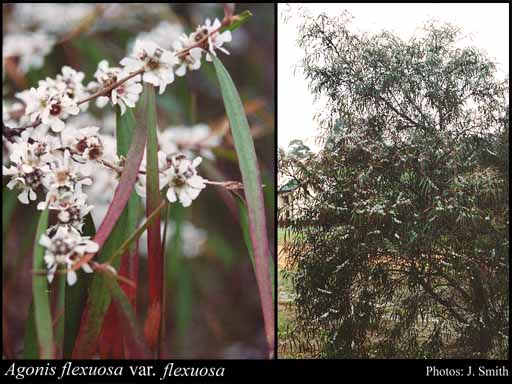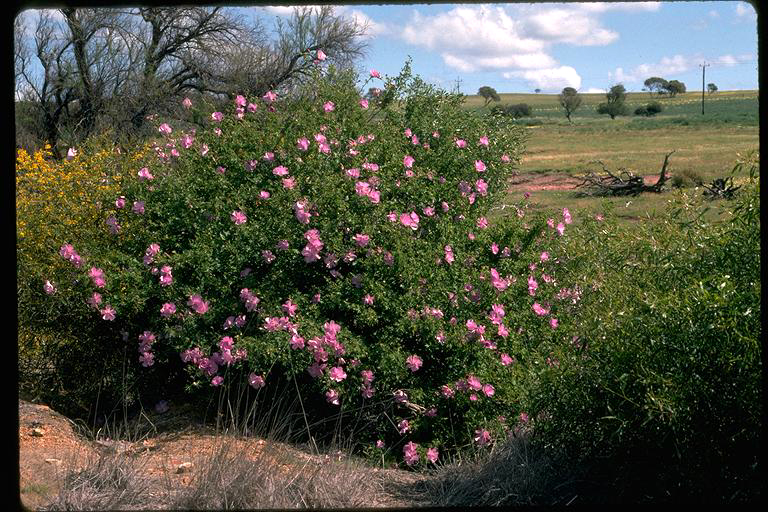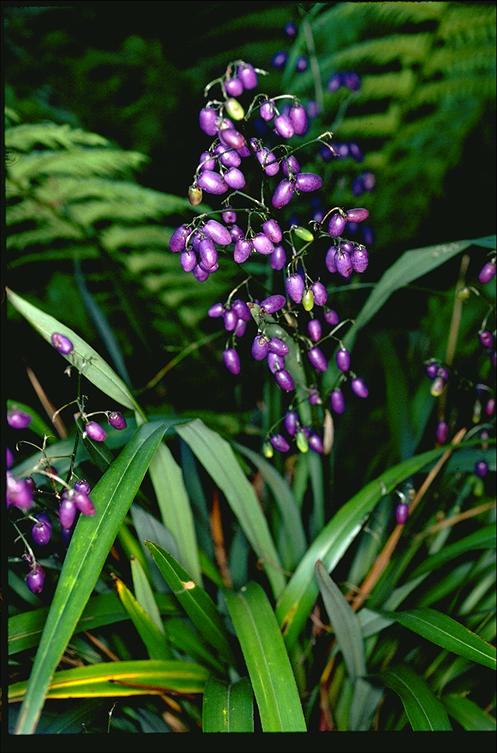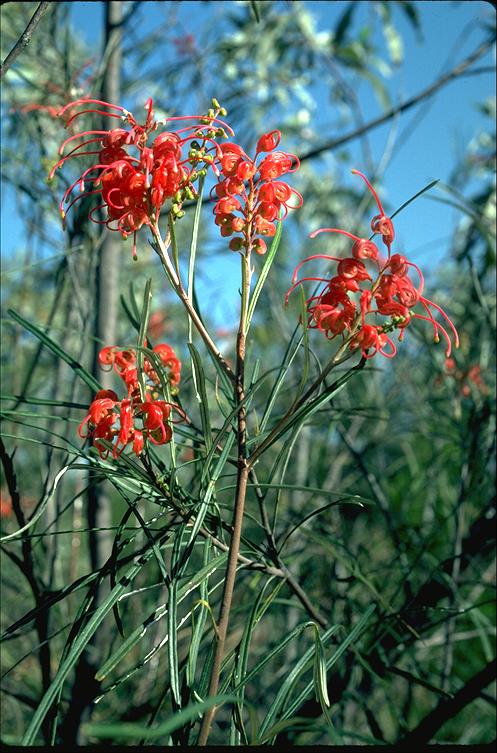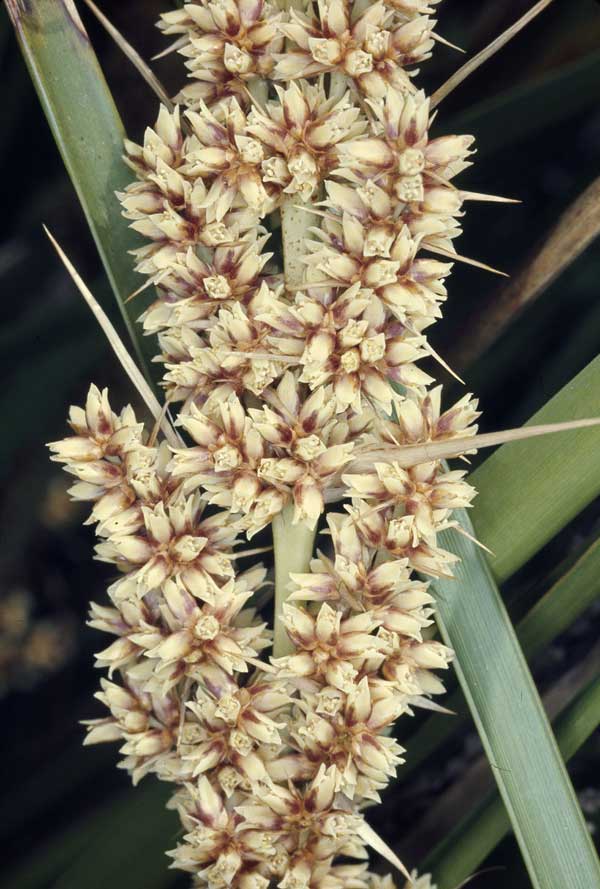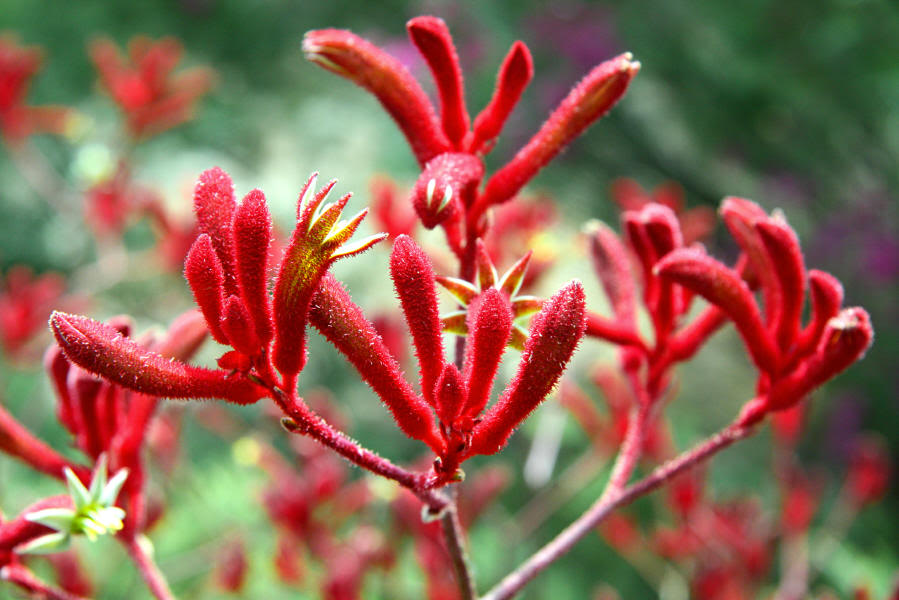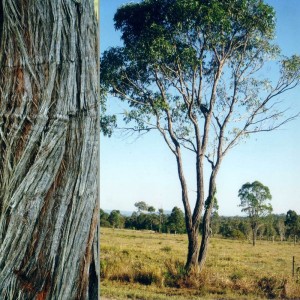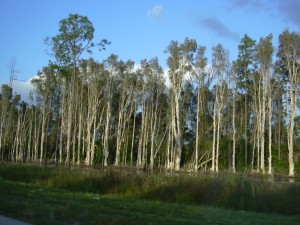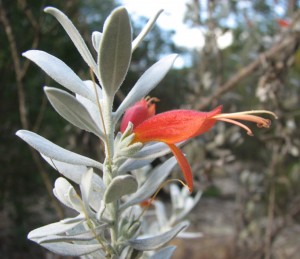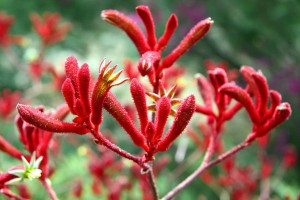There are so many different plants that you can use to take your flourishing garden to the next level. Keep in mind that there are so many different choices that are relatively exotic in nature from all around the world. Out of all of the different types that are currently available and growing around the world, Australian native plants are some of the very best that your money can buy. There are several different types of Australian native plants that have been applauded and praised over the years as being the very best options available.
Agonis Flexuosa
If you are interested in finding an Australian native plant that is great for coastal positions, then one of the very best that you can use is Agonis Flexuosa. It is naturally spreading, mounding and relatively low. Regardless of the inclement weather conditions that may affect your particular area or region, this particular plant has been widely known and publicly recognized for being able to outlast the salt-laden winds. It is also viewed as an effective protector when it comes to the roots of other plants that are nearby it, especially when there are drying winds that are blowing right by.
Alyogyne
Within the Hibiscus family, the Alyogyne plant is a great addition that you should seriously consider as well. There are many people that refer to this specific plant as Blue Hibiscus as well. Contrary to popular belief, its name actually has nothing to do with it coloring but more so with its foliage instead. Each flower is different, but these plants will thrive very well when it comes to drained soils, especially in sub-tropical regions with cool temperatures. Once they have quickly reshaped after their feathers have been ruffled and the flowering phase is finally over.
Banksia Sentinel
Banksia Sentinel plants are great choices when it comes to covering narrow areas along walls and fence lines that are otherwise relatively difficult to cover. These plants are known for growing at least two meters in height. If it becomes a little too high to the point of causing damage to your property, you can very easily trim the leaves that are getting in the way, which will also create a habit that is much denser as well. Due to its overall design and style, the Banksia Sentinel has been viewed as being one of the very best plants for landscaping purposes for quite some time.
Bauera Rubioides
The simplistic yet captivating design and pattern of this particular plant makes it one of the most appealing options when it comes to finding the best Australia native plants available today. You can use the same pattern that is found on these plants in order to liven up the fabrics of your carpet and rugs within your home in addition to the flourishing plants within your garden. When it comes to the background foliage, it is furry and green and even comes with an overlay of bronze. Throughout the year, you will even see a wide range of miniature flowers that are shaped like magenta roses. This particular plant is capable of adapting to the vast majority of different climates as long as you do your best to keep them watered. Even if you have a garden that is located directly by the sea, this plant will thrive and grow beautifully over time. Professional landscapers have mostly decided to use this Australian native plant when choosing flowers for a media strip or traffic circle as well extensive banks and broad planting layouts.
Dianella Tasmanica
There are so many different plants that have established a head start when it comes to size, color, scent and texture over time. One of the most significant features of this particular plant, however, is its overall function in addition to its reliability. This foliage has been able to reach astronomical heights of 75 centimeters that are known for forming clumps within the same width. Some of the most captivating features of these plants include the cherry red leaf bases that are very striking in appearance as well as the graceful flower stems that are also known for catching the eye.
It is basically a multi-purpose plant that looks great when it is planted along path edges and driveways as borders or even within containers. If you are interested in creating a simple yet appealing effect, these plants can be stored within large beds as well. Soils that are well drained and in cool to tropical climates are ideal locations for the Dianella Tasmanica. Even if there is a moderate level of frost, making sure that these plants remain protected from salty winds should be a top priority.
Dianella Revoluta
If you have been searching for a smaller version of the Dianella Tasmanica, then you will be greatly pleased to find out more information about the Dianella Revoluta. The Dianella Revoluta is basically a dwarf selection, so you will be able to receive the same benefits and beauty of the taller Dianella Tasmanica native plant but within a much smaller package instead. Unlike many other plants that seem to suffer when it comes to size, the Dianella Revoluta seems to thrive where many other small plants have failed.
It is the perfect plant to use for professional landscapers that are specifically searching for borders that can edge the driveways, sidewalks and media strips of their clients. It truly is one of the most flexible types of plants that can be used for a wide variety of landscaping purposes and home exterior layouts primarily because of its petite size. You will only have to worry about managing a peak height of 30 centimetres primarily because it is grown progressively by tissue culture.
Goodenia Albiflora
If you are searching for a bright Australian native plant that is guaranteed to make you smile as it brightens up your day, then you should aim directly for the Goodenia Albiflora. As one of the best Australian native plants, this particular option is known for its captivating appeal and colourful nature.
You can very easily pop this particular plant in with other tiny plants. If you currently have purple or even green foliage, then you will notice that this option presents a great choice for contrast as well. The silver foliage is also a major highlight that should be taken into consideration too. The colour and shape of this specific plant may convince you that it needs to be planted within a beautiful pot and left directly in the sunlight. This is a great idea, so you should definitely follow your gut instinct when it comes to making this type of move. It looks beautifully with other small plants, regardless of whether you have them featured inside or outside of your home or office building. In order to maximize its appeal and truly take full advantage of its beauty, then your best bet would be to bundle them together and plant them in multiple groups. Large flowers seem to always run up towards the stems between the winters and summer months.
If you are interested in attracting different types of natural beauty, then you will also love these plants because studies have confirmed that they can effectively attract butterflies as well. It truly does not matter whether you are planting them within a flourishing garden or pot; these plants can grow beautifully and bountifully within a spot that is drained well. As long as they are planted in an area that is semi-arid or cool, they will be able to handle light frosts as well as a distant and clear view of the ocean.
Goodenia Bonnie Prince Charlie
One of the most beautiful Australian native plants has to be the Goodenia Bonnie Prince Charlie. The plaid patterns that are waving directly through the different glens will truly make you think of an Irish culture or event, such as bagpipes and fabric kilts. However, you will be primarily blown away by the abundance of bright and vibrant colours for which this particular native plant has become known over the years. For instance, the bright orange, gold and scarlet clusters will truly make you feel as if you are in Paradise – especially if you have strategically planted them among a wide variety of other small plants as well. Even if you do not want to necessarily group this plant with other options, you can always just allow it to grow on its own.
Grevillea Longistyla
There are just so many different types of honey-seeking birds that seem to track down the Grevillea Longistyla throughout the year. If you are looking for a rather tall plant, then you have truly found exactly what you are looking for with this selection alone. It is basically two meters in height when it has reached its maximum point of growth and is visually stunning, especially when you are looking at this particular plant from a distance after it has been strategically planted among a diverse group of bushes and shrubs.
One of the most profound colors that seems to stand out the most from within this group is red. It does great in semi-arid and sub-tropical regions. If you want to get the best growth from these plants, then your best bet would be to make sure that they receive direct sunlight. Even though they can grow with indirect sunlight as well, you will be hampering the growth by doing so.
Grevillea Chrysophaea
If you are searching for a small plant that is featured within the Grevillea family, then your best bet would be to go with a Grevillea Chrysophaea plant. Keep in mind that it is 40 centimeters in height and can reach a maximum width of 80 centimeters. It has fine dense foliage and a wide range of flowers that blossom between winter and spring months, providing honey-eating bugs and birds with a great place to eat their next meal. Many homeowners can truly appreciate this particular plant when it is placed within a container that is placed on a patio or deck. It is notably charming when used within small gardens that have dense flowering. As long as you keep these plants in a climate that is semi-arid and sub-tropical within soil that is drained well throughout the year, you will be able to get a lot of life from these natural beauties.
Leptospermum Petersenii
One of the most popular plants that you will find strategically placed within hedges and softening the edge of rockeries is the Leptospermum Petersenii. It is one of the best Australian native plants that are dwarfs, primarily because of its astounding appearance. This plant looks cute yet tough and can truly last through a wide range of different weather conditions and natural disasters that seem to kill off many other flowers and plants rather quickly. If you are searching for a beautiful 50 centimeter plant, then your best bet would be to purchase this particular plant.
Lomandra
There are so many other Australian native plants that can be featured within this extensive list, but the Lomandra demands a high spot on this list. Lomandra is basically a vast collection of mat rushes that serve a wide variety of different purposes. There are some people that use this plant for its foliage while others may decide to plant it primarily because of its appealing characteristics. These plants are able to thrive in clay loans that are well drained as well as gravelly soils. Even when frost comes into the picture, there is not very much that can be done to break this particular plant.
The Bottom Line
Regardless of whether you are searching for a plant that has beauty and appeal or function and foliage, there are just so many different options from which you can choose from these Australian native plants. The key is to make sure that you focus on caring for these plants properly when you do receive them. Otherwise, it really would not matter which one you choose because it would not live long enough to be fully enjoyed.
Useful links:
http://florabase.dpaw.wa.gov.au/
